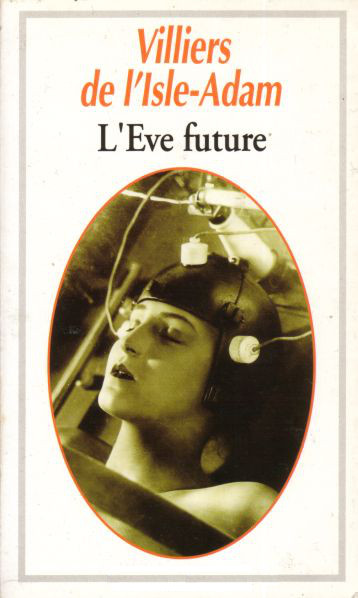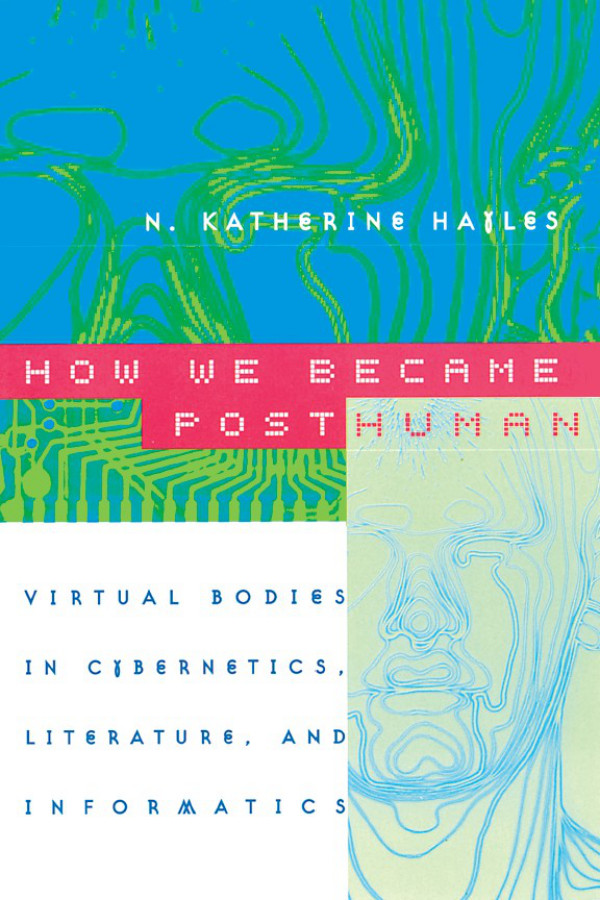Katherine Hirt: When Machines Play Chopin: Musical Spirit and Automation in Nineteenth-Century German Literature (2010)
Filed under book | Tags: · 1800s, aesthetics, android, automation, history of literature, language, literature, machine, mechanics, music, music history, musical instruments, philosophy, phonograph

“When Machines Play Chopin brings together music aesthetics, performance practices, and the history of automated musical instruments in nineteenth-century German literature. Philosophers defined music as a direct expression of human emotion while soloists competed with one another to display machine-like technical perfection at their instruments. This book looks at this paradox between thinking about and practicing music to show what three literary works say about automation and the sublime in art.”
Publisher De Gruyter, 2010
Interdisciplinary German Cultural Studies series, 8
ISBN 3110232405, 9783110232400
170 pages
via alcibiades_socrates
Abstract of the thesis (2008)
Comment (0)Auguste Villiers de l’Isle-Adam: L’Ève future (1886-) [French]
Filed under fiction | Tags: · android, cinema, science fiction, symbolism, technology

The young Lord Ewald is close to suicide because of his beautiful but emotionally and intellectually stuck fiancée. His friend, engineer Thomas Edison, replies by offering to construct for him a machine-woman in the form of his fiancée but without any of her bothersome personality.
The Future Eve (or Tomorrow’s Eve) has been discussed as a key text in the Decadent movement, and as an important work of 19th century science fiction, known for popularizing the term android [Andreid]. It is particularly criticized for its misogyny.
Publisher De Brunhoff, Paris, 1886
via Daniela Cascella
wikipedia (incl. plot, in English)
review (Boyd Petersen, The New York Review of Science Fiction)
commentary (Verena Kuni, MediaArtNet)
commentary (T. Ross Leasure, Latch)
PDF (1886 edition, multiple formats, Gutenberg.org)
PDF (1909 edition, multiple formats, Archive.org)
N. Katherine Hayles: How We Became Posthuman: Virtual Bodies in Cybernetics, Literature, and Informatics (1999)
Filed under book | Tags: · android, artificial intelligence, autopoiesis, body, cellular automata, computing, cybernetics, cyborg, epistemology, literature, posthuman, posthumanism, technology, virtual reality

“In this age of DNA computers and artificial intelligence, information is becoming disembodied even as the “bodies” that once carried it vanish into virtuality. While some marvel at these changes, envisioning consciousness downloaded into a computer or humans “beamed” Star Trek-style, others view them with horror, seeing monsters brooding in the machines. In How We Became Posthuman, N. Katherine Hayles separates hype from fact, investigating the fate of embodiment in an information age.
Hayles relates three interwoven stories: how information lost its body, that is, how it came to be conceptualized as an entity separate from the material forms that carry it; the cultural and technological construction of the cyborg; and the dismantling of the liberal humanist “subject” in cybernetic discourse, along with the emergence of the “posthuman.”
Ranging widely across the history of technology, cultural studies, and literary criticism, Hayles shows what had to be erased, forgotten, and elided to conceive of information as a disembodied entity. Thus she moves from the post-World War II Macy Conferences on cybernetics to the 1952 novel Limbo by cybernetics aficionado Bernard Wolfe; from the concept of self-making to Philip K. Dick’s literary explorations of hallucination and reality; and from artificial life to postmodern novels exploring the implications of seeing humans as cybernetic systems.
Although becoming posthuman can be nightmarish, Hayles shows how it can also be liberating. From the birth of cybernetics to artificial life, How We Became Posthuman provides an indispensable account of how we arrived in our virtual age, and of where we might go from here.”
Publisher University of Chicago Press, 1999
ISBN 0226321460, 9780226321462
350 pages
PDF (updated on 2012-7-24)
Comment (0)
